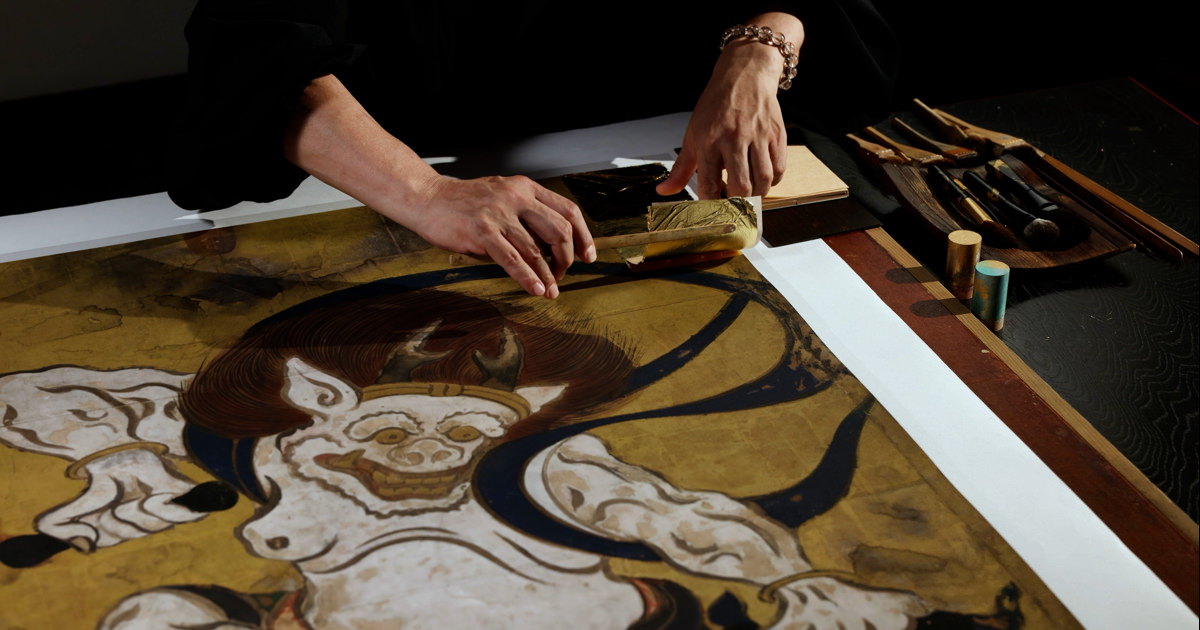Landscapes of the Four Seasons
High-resolution facsimiles
- Material
- printed on washi paper
- Period of creation
- Tsuzuri Project Stage 2 2008–2009
- Recipient
- Mohri Museum
Original
- Cultural property designation
- National Treasure
- Artist
- Sesshu
- Historical era
- Muromachi (15th century)
- Material
- ink on washi paper
- Medium
- One scroll
- Size
- Single scroll H39.7 × W1592.0 cm
- Collection
- Mohri Museum
Description
Sesshu (1420 to 1506) is said to have moved to the ancient capital when he was 10, where he entered Shoukokuji Temple and began studying under the great priest, Shurin Shuto and temple painter, Shubun. This ink and wash painting was supposedly presented to the Ouchi family, Sesshu's lifetime guardian. It is considered Sesshu‘s greatest work of art. The scroll, more than 15 meters long, draws upon his travels through China's vast nature land and various parts of Japan. Sesshu sought to reflect the beauty inherent in the nature of Japan by rendering the pavilions, pagodas, and people using Chinese strokes, and embracing that with a background of changing seasons using Japanese strokes.





